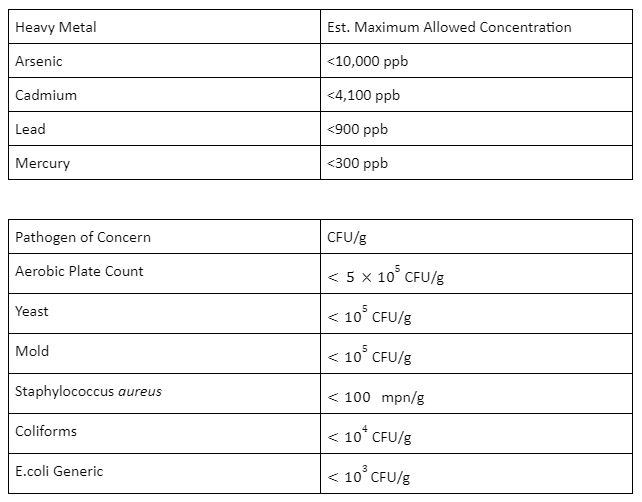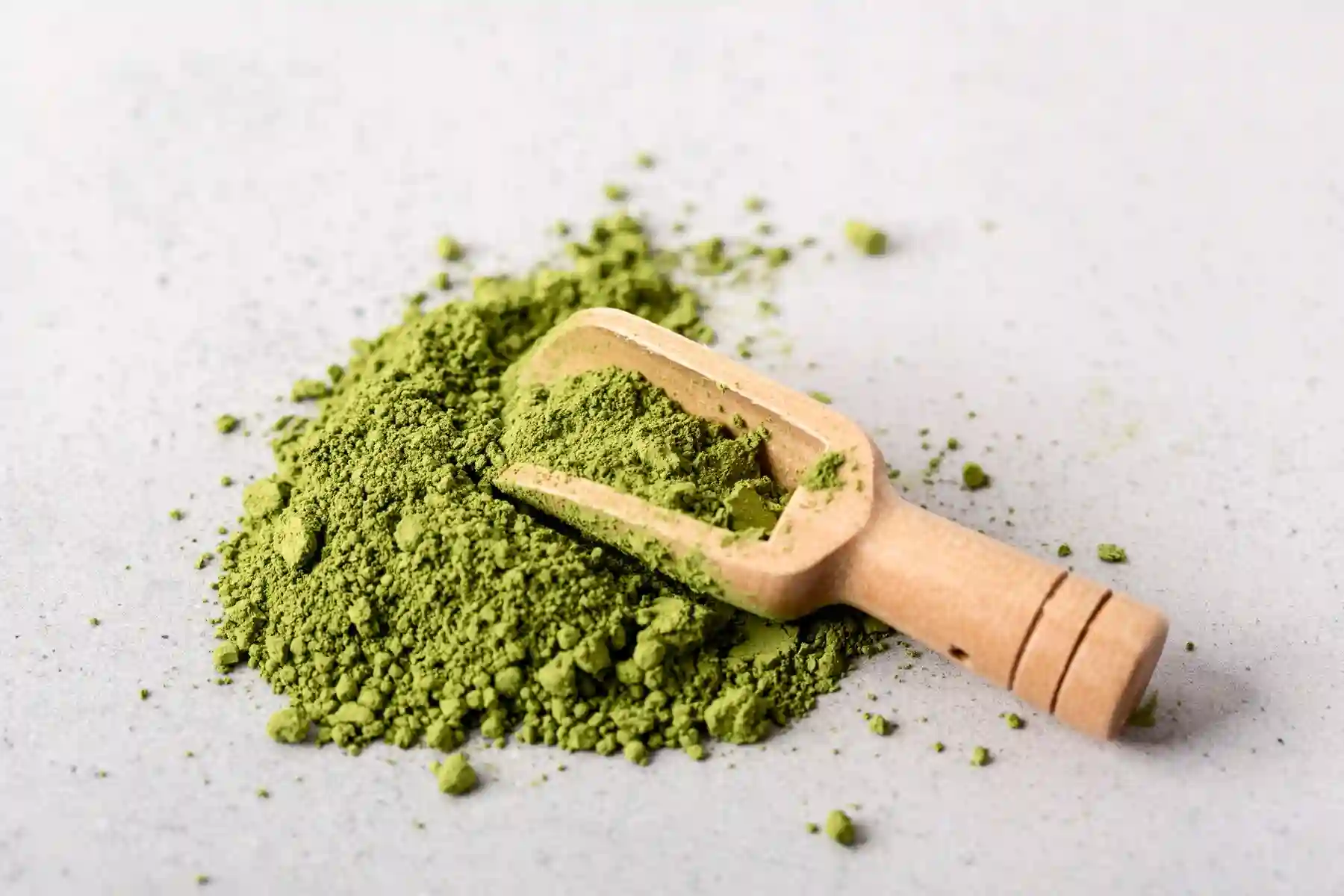At Mount Kratom, we strive to deliver the highest quality kratom products on the market. Through third-party lab testing, at qualified ISO/IEC 17025:2017 accredited labs, we check for organic adulterants, heavy metals, and microbial contamination for safety.
Since kratom is not yet regulated, we have designed our own testing protocol as a way to self-regulate. Our main priority is to ensure consumption safety.
These tests include:
Microbial Testing: We check for Aerobic Plate Count, Total Coliform Bacteria, E. coli, Staphylococcus aureus, Yeast and Mold.
Heavy Metals Testing: We check for lead, arsenic, cadmium and mercury to ensure they are within safe thresholds.
PCR Testing: We check for pathogens like Salmonella and E. coli (STEC) to ensure our products are pure and free from these foodborne pathogens.

Microbial Contaminants, Pathogens (PCR Testing), Heavy Metals (ICP/MS Testing)
Many users describe green vein kratom as offering a balanced experience — often chosen for its more mellow and well-rounded properties. It is commonly known to be one of the most dynamic varieties available.

Microbial Contaminants, Pathogens (PCR Testing), Heavy Metals (ICP/MS Testing)
Red Vein Kratom is a favorite among users looking to unwind and slow down — the go-to choice for what we like to call the “3 R’s”: rest, relaxation, and relief.

Microbial Contaminants, Pathogens (PCR Testing), Heavy Metals (ICP/MS Testing)
Many users describe white vein strains as uplifting and mentally engaging. Whether you want a strain that enhances productivity or to start your day with a kick of energy that won’t make you feel crashed by the afternoon, white vein can is used as a pick-me-up.

Microbial Contaminants, Pathogens (PCR Testing), Heavy Metals (ICP/MS Testing)
Concentrated amounts of the alkaloids or compounds found in kratom are called kratom extracts. The main alkaloid is called mitragynine but there are many others. Extracts are then used to produce products like gummies, shots and enhanced kratom.
Below are the tabulated maximum allowed reference numbers for each of the contamination tests:

{description}





